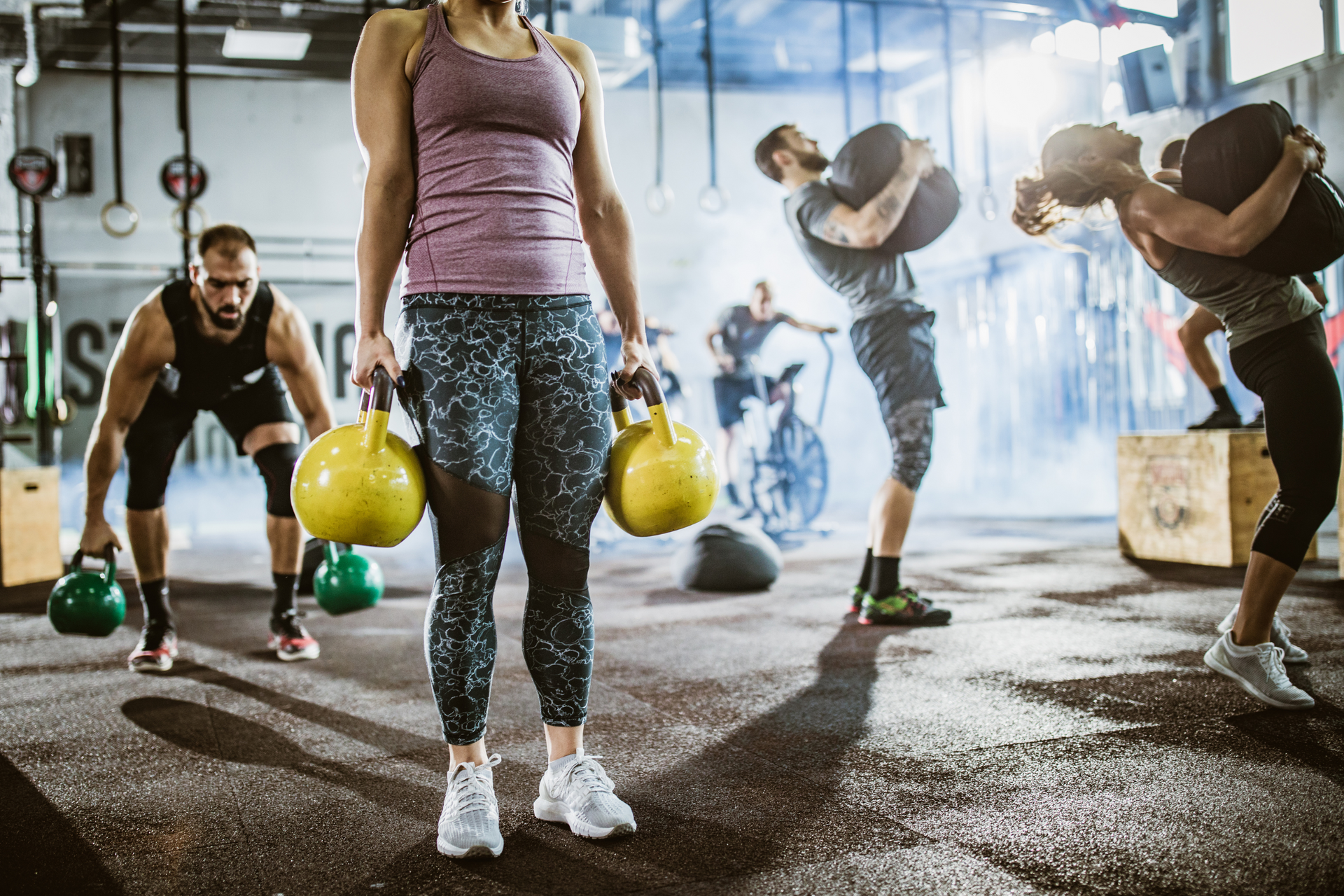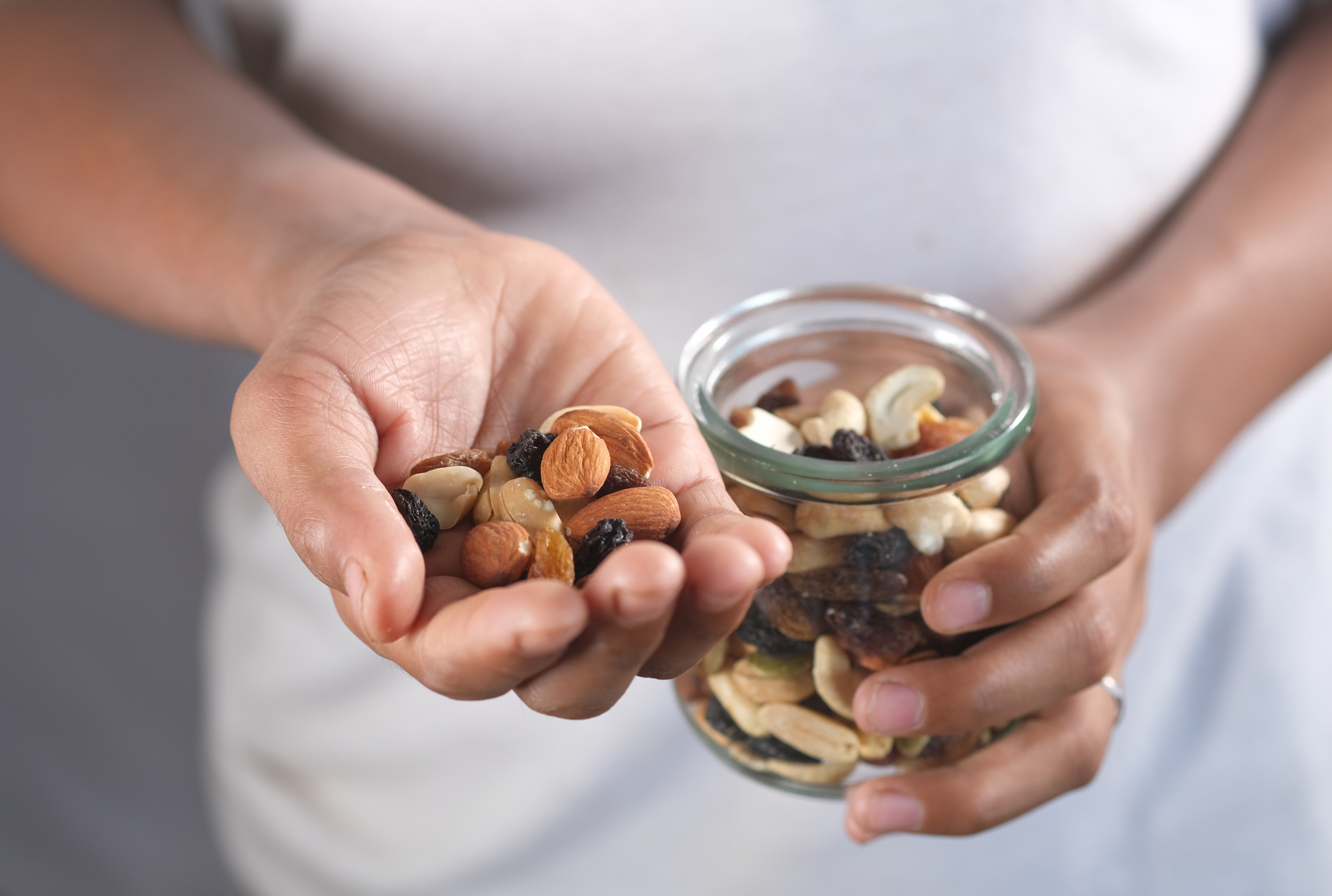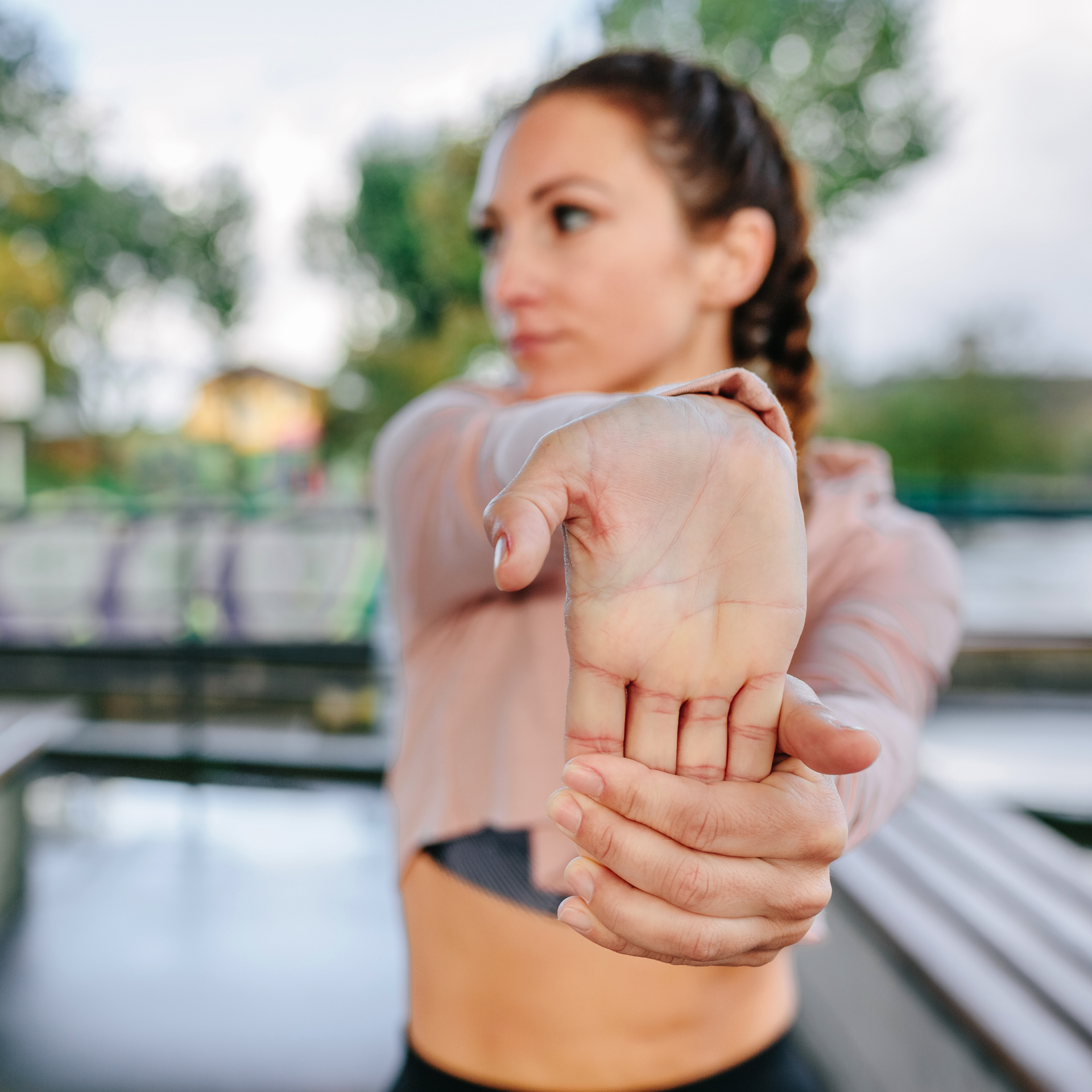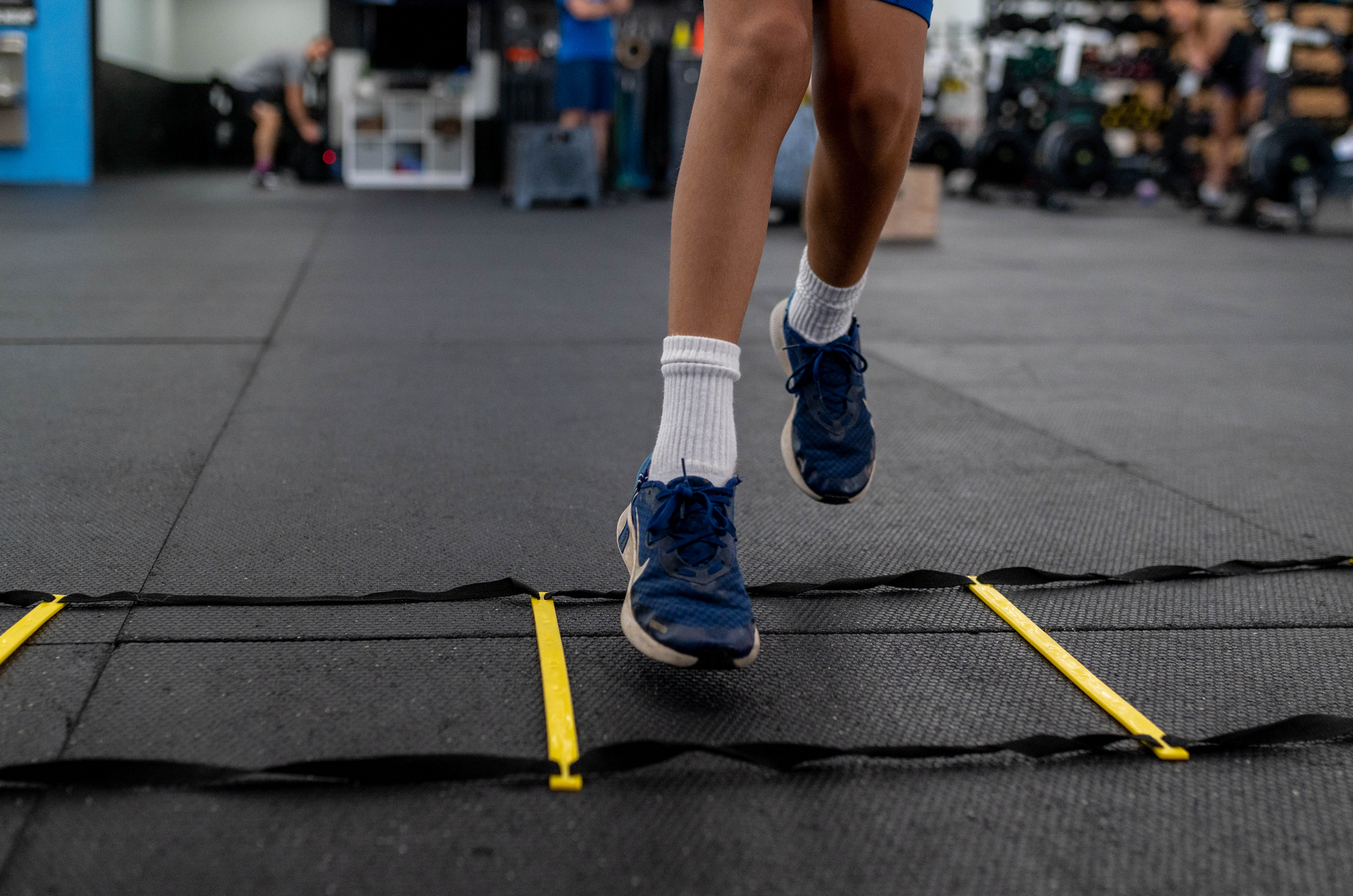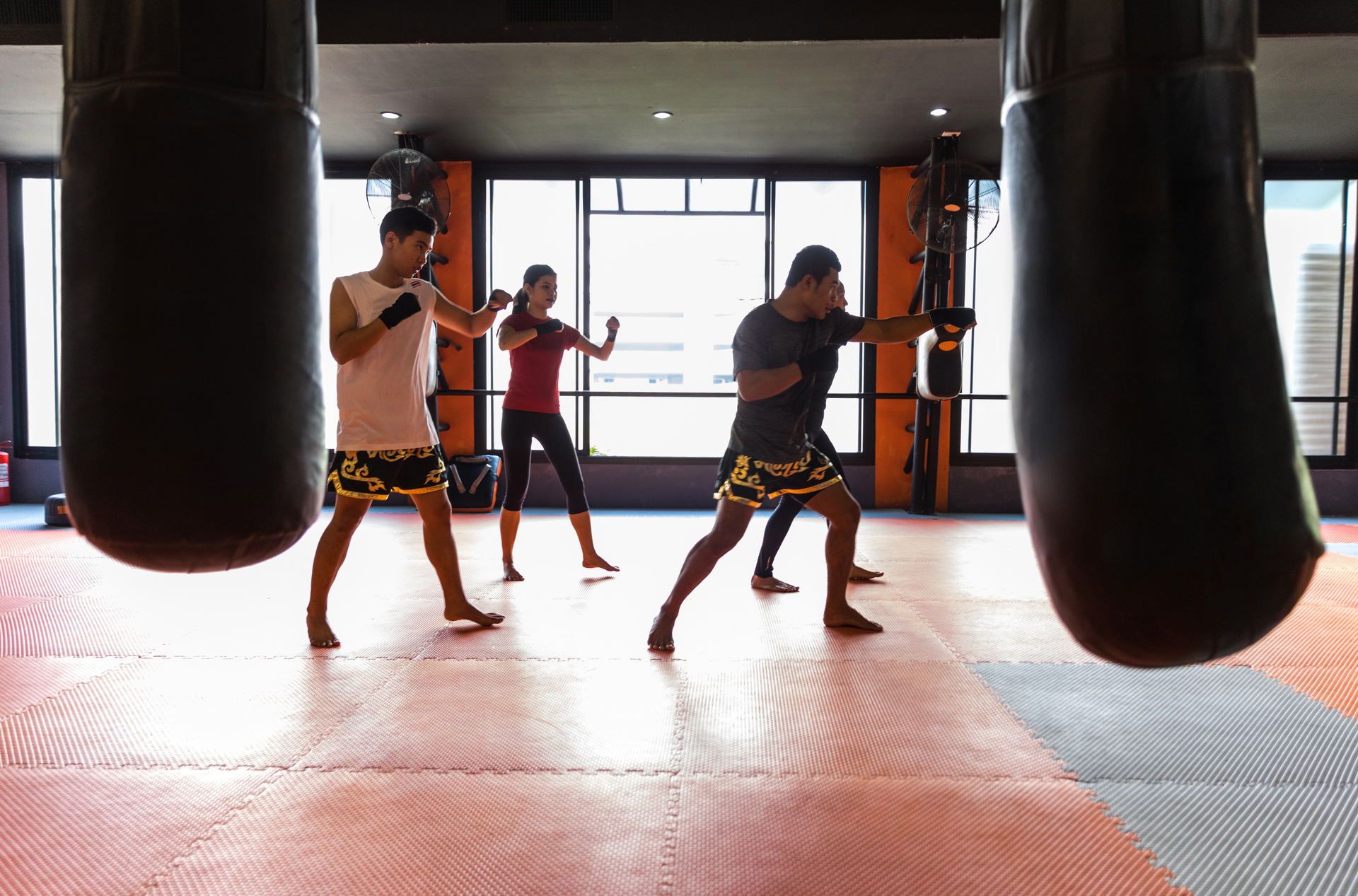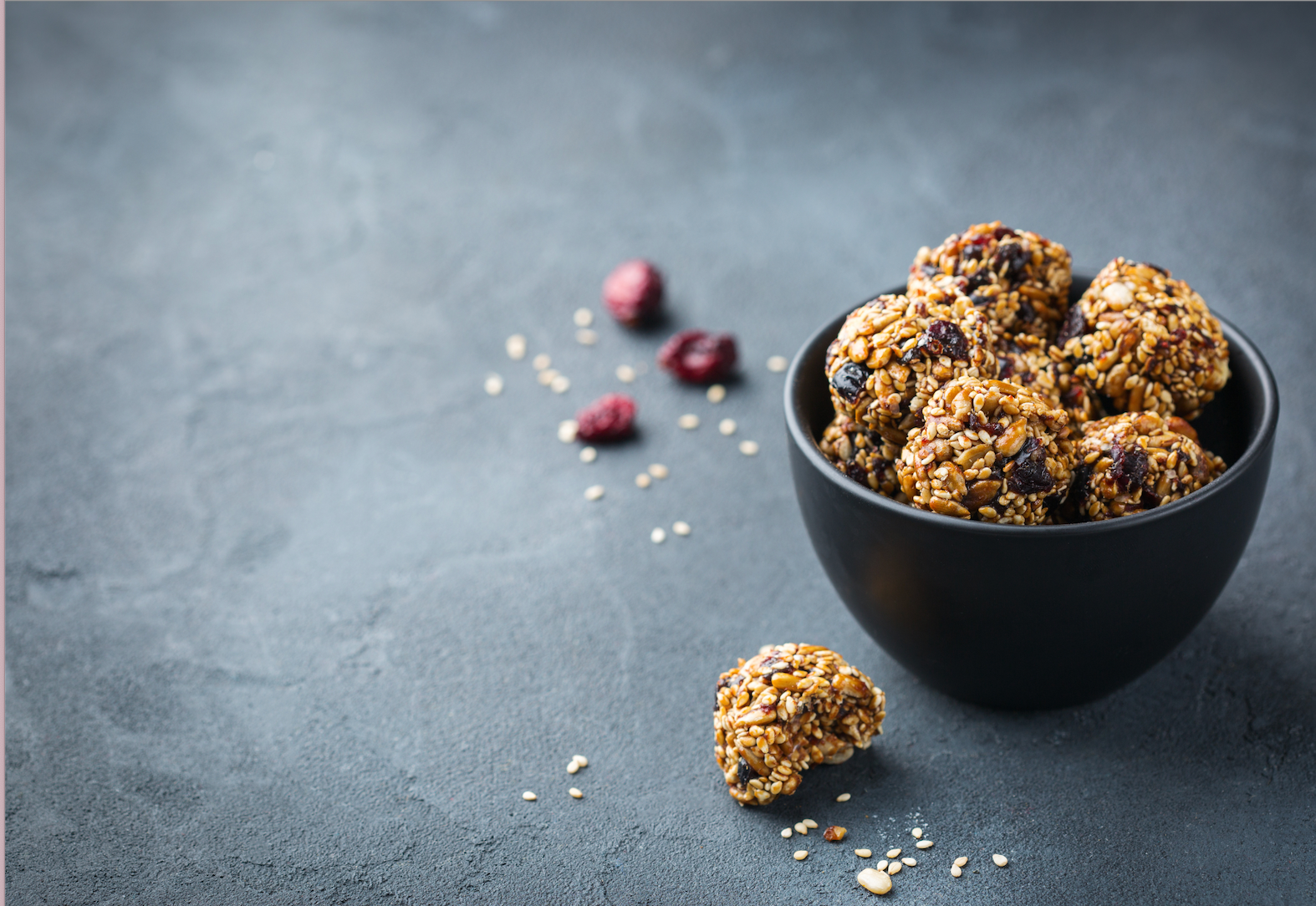Boxing for Fitness: Why It's the Ultimate Full-Body Workout
Boxing is often celebrated for its intense action and competitive spirit, but it also stands out as one of the most effective full-body workouts available. This dynamic sport engages nearly every muscle group, providing a comprehensive workout that enhances strength, endurance, and overall fitness. At A1 Boxing, we are passionate about highlighting how boxing can transform your fitness routine. Here’s a closer look at why boxing is the ultimate full-body workout, including examples of the muscle groups it targets and the benefits it offers.
Engaging Multiple Muscle Groups
Upper Body Muscles
Boxing involves a wide range of punches and defensive maneuvers that engage the upper body extensively. Here’s how boxing works your upper body muscles:
- Shoulders (Deltoids): Throwing punches such as jabs, crosses, and hooks requires significant shoulder strength and endurance. The repetitive motion of punching builds and tones the deltoid muscles.
- Chest (Pectorals): Punching and pushing movements work the pectoral muscles, helping to build a stronger chest and improve overall upper body strength.
- Back (Latissimus Dorsi and Trapezius): The pulling and rotational movements involved in boxing engage the upper back muscles, contributing to better posture and upper body stability.
- Arms (Biceps and Triceps): Every punch you throw involves the biceps and triceps, which are strengthened through the constant extension and contraction of the arms.
Core Muscles
A powerful core is crucial in boxing, as it helps with balance, stability, and generating power for punches. Boxing engages several core muscles:
- Abdominals (Rectus Abdominis and Obliques): The rotational and twisting movements, such as those used in hooks and uppercuts, target the abdominals and obliques. These exercises help to define the core and improve overall trunk strength.
- Lower Back (Erector Spinae): The lower back muscles are engaged during defensive stances and while maintaining balance. Strengthening these muscles helps to support good posture and reduce the risk of lower back pain.
Lower Body Muscles
While boxing may seem to focus on the upper body, the lower body plays a crucial role in delivering powerful punches and maintaining balance:
- Legs (Quadriceps and Hamstrings): The stance and footwork in boxing require strong quadriceps and hamstrings. Moving in and out of different stances and performing explosive movements help to build leg strength and endurance.
- Calves (Gastrocnemius and Soleus): Boxing’s bouncing and pivoting movements engage the calves, contributing to improved lower leg strength and agility.
- Glutes (Gluteus Maximus and Minimus): The glutes are activated during movements like shifting weight and explosive leg movements. Strengthening the glutes supports better power generation and overall lower body stability.
Comprehensive Fitness Benefits
Cardiovascular Health
Boxing is a high-intensity cardiovascular workout that significantly boosts heart health. The sport’s combination of aerobic and anaerobic exercises enhances cardiovascular endurance, improves circulation, and helps to lower blood pressure. Regular boxing workouts contribute to a healthier heart and increased stamina.
Enhanced Coordination and Agility
Boxing requires precise coordination and quick reflexes. The combination of footwork, punching, and defensive movements improves hand-eye coordination and overall agility. This heightened coordination translates to better performance in other physical activities and daily tasks.
Increased Strength and Power
The constant engagement of various muscle groups in boxing leads to improved overall strength and power. Whether you’re throwing a punch or moving around the ring, the sport builds muscular endurance and explosive strength, which can enhance performance in other fitness activities and daily life.
Stress Relief and Mental Focus
Boxing provides an excellent outlet for stress relief. The physical exertion involved triggers the release of endorphins, which improve mood and reduce stress. Additionally, the mental focus required during training helps to clear the mind and improve concentration, contributing to better mental health.
Weight Management
The high-intensity nature of boxing workouts helps to burn calories and shed excess body fat. The combination of cardiovascular exercise and strength training increases metabolism and supports effective weight management.
Conclusion
Boxing is more than just a sport; it’s an ultimate full-body workout that targets multiple muscle groups while offering a wide range of fitness benefits. From building upper body strength and core stability to enhancing cardiovascular health and mental focus, boxing provides a comprehensive approach to fitness that can transform your routine.
At A1 Boxing, we’re dedicated to helping you experience the full benefits of boxing for fitness. Ready to get started on your boxing journey? Contact us today to sign up and discover how boxing can elevate your fitness to new heights!

